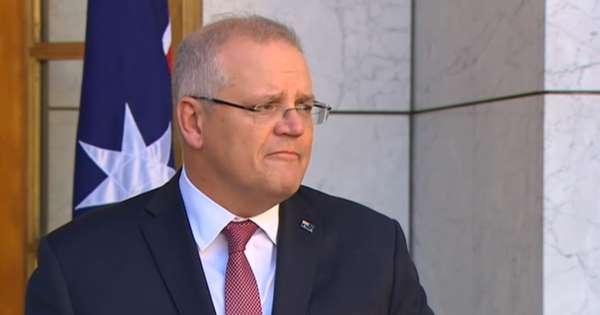
A leaked report has painted a damning picture of ongoing concerns around women and culture in the Liberal Party – indicating that some issues had been raised years earlier.
Room For Movement: Women and Leadership in the Liberal Party, commissioned in 2015, was briefly covered in the media, but never released publicly.
The Drum has obtained a copy of the document, which indicates the party was made aware of concerns around the culture of a “boys’ club”, and of the silencing and intimidation of women within its own ranks.
“In reality, equality of opportunity is not reflected in the party’s current gender composition,” it reads.
‘Inherent barriers’ facing Liberal women
The team behind the report, the Women’s Working Group (WWG), was established by the Liberal Party’s Federal Executive branch in March 2015, to address the ongoing decline in the party’s female vote – and the link to gender representation within the organisation.
The WWG found women were far less likely to be nominated for selection as a Liberal candidate.
“… this is not due to women being less capable or underqualified, but because of the inherent barriers that women face during the preselection process,” the report said.
Those barriers identified included things like financial and family obligations, a lack of women already in leadership, and media scrutiny of parliamentarians.
Erin Watson-Lynn ran for preselection as Julie Bishop’s replacement in the WA seat of Curtin.
She says what normally would have been a relatively quiet affair came under intense media coverage focusing on her and the subsequent winner, former University of Notre Dame vice-chancellor Celia Hamond.
“Here were two women who were moulded into these two frontrunning candidates, because it fitted a narrative of moderate versus conservative,” she said.
She believes the process would have been less toxic if it were two men competing for the seat.
“It was the way that women were put up against each other, that made it a really terrible experience for both of us,” she said.
“It has such an impact on you personally, why would you put yourself and your family through that again?”
She says she was warned that even now, several years on, speaking up could limit any future political aspirations.
“I’ve been told, ‘Don’t talk about the women’s stuff; you won’t get preselected.’”
“This could be detrimental to my career as well, but if you’ve got a platform, you have to speak about it, and we have an opportunity to change.”
Intimidation, bullying and a ‘boys’ club’
The confidential 2015 report showed that culture was perceived by women as one of the “largest inhibitors” to their involvement in the organisation.
“A number of interviewees indicated … [that] the Liberal Party has the culture of a ‘boys’ club’, women are often silenced by men when speaking at meetings, the Liberal Party does not support women from younger generations, and men often engage in chauvinistic behaviour and attempt to intimidate women,” it read.
Many also reported experiencing bias against “women of childbearing age”.
“For example, inappropriate questions were asked of women regarding childcare arrangements, and what support mechanisms they have.”
The document also referenced an earlier study that noted even if women got as far as joining and attending branch meetings, they were still met with a “very ‘middle-aged blokey’ culture”.
“Many women talk about either experiencing or witnessing bullying tactics by male factional ‘heavies’, especially at AGMs.”
Since revelations about the alleged rape of former staffer Brittany Higgins were made public earlier this year, more and more women have come forward with their own experiences of poor culture.
In March, Mary-Lou Jarvis told The Drum about her personal “tipping point”, involving the infamous Parliament House prayer room.
Mourning the death of her mother, the president of the NSW Liberal Women’s Council went to the room for a quiet place to grieve.
“I came back from the prayer room and they asked, ‘Who did you go with?’”
“That’s when I found out [that] a place that’s meant to be for prayer and reflection, there’s a suggestion that I’ve gone up there for sex. That’s when I thought: what the hell.”
Targets, quotas – what happens now?
The 2015 report outlined a number of recommendations intended for the Liberal Party’s Federal Executive branch.
These were actionable steps; they included more frequent and updated statistics on women in the party, a Liberal ‘Champions for Change’ program, mentoring – even updates to the party’s website.
It also noted that initiatives which had proven to be effective had not been given proper support.
One of the key recommendations in the 2015 report included the use of gender targets – a 50 per cent female representation in Australian parliaments by 2025.
“The implementation of targets by divisions should be among the Liberal Party’s first steps in achieving greater gender parity,” the report noted.
Targets were eventually introduced in 2016, under then prime minister Malcolm Turnbull. Since then, numbers have flatlined.
Mary-Lou Jarvis, who is also the vice-president of the NSW Liberal Division, says although the recommendations were not made public, behind the scenes the party has been working to achieve change.
“It’s fair to say things have been implemented in terms of the recommendations,” she told The Drum.
“We’ve had respectively a 66 per cent increase in women at the New South Wales level and 75 per cent increase in women at the federal level from New South Wales. Clearly, we can do better.”
As for quotas – which unlike targets involve a fixed number that must be achieved – the 2015 report stated quotas would not support cultural change in the organisation.
“Quotas tokenise and stigmatise women, while encouraging separate competition among women who would otherwise be working toward a common goal,” the report read.
In recent weeks, Prime Minister Scott Morrison flagged he was “very open” to introducing them.
“We tried it the other way. It’s not getting the results we want to see. I would like to see us do better,” he said.
Although for now, this issue remains divisive in the party.
The events of recent months have prompted a conversation at state and federal levels of the party that “has not happened to the extent it’s happening now,” says Mary-Lou Jarvis.
“People perhaps weren’t listening. They are certainly listening now.”





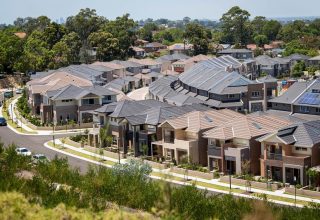

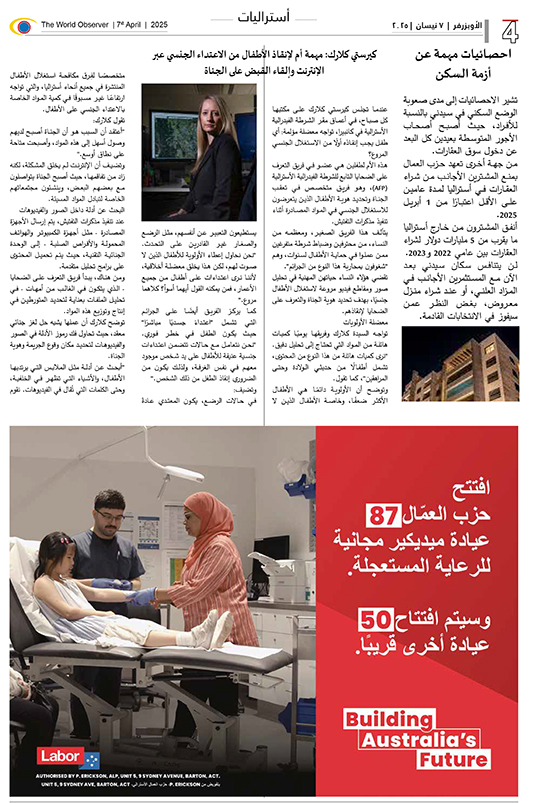
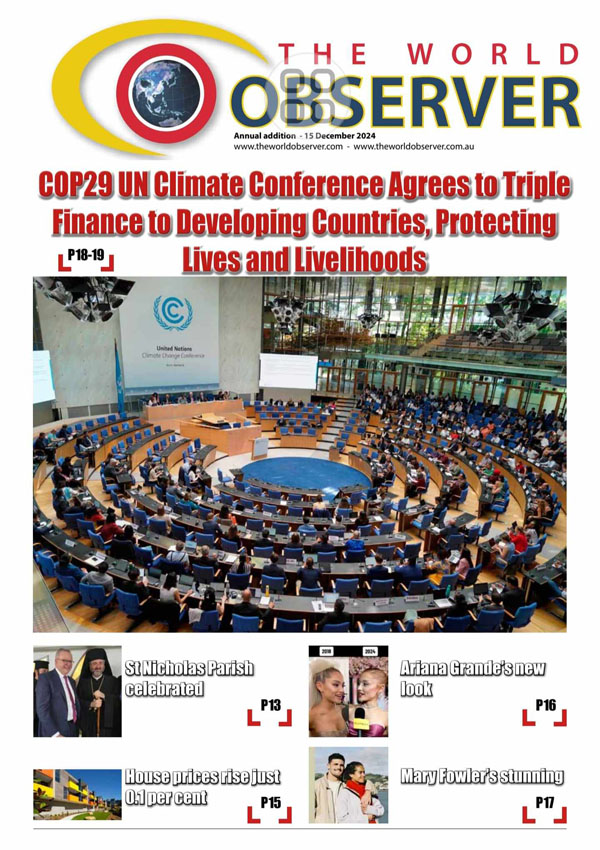
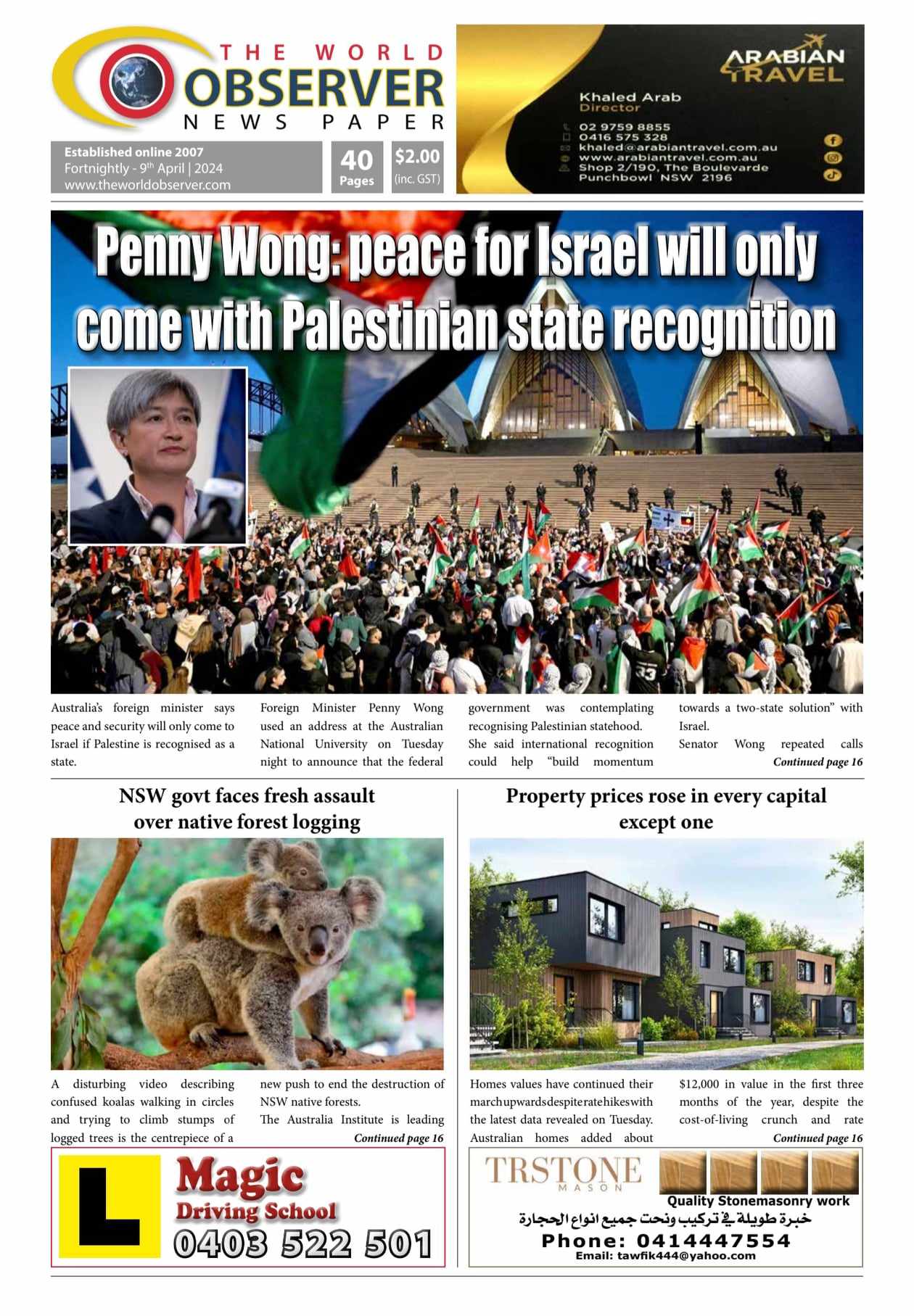

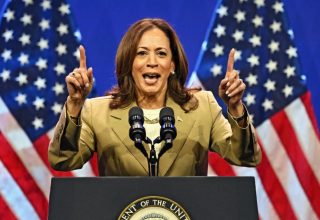



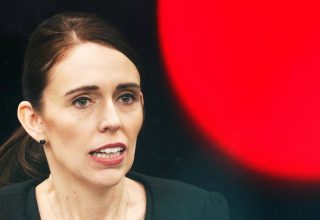





















 The World Observer Media produces a daily online newspaper, a daily Arabic online newspaper and a monthly printed Arabic/English magazine and a weekly printed Arabic/English newspaper.
The World Observer Media’s mission is to entertain and educate all generation from the Ethnic Communities in Australia, who are interested in local, national and foreign information.
The World Observer Media produces a daily online newspaper, a daily Arabic online newspaper and a monthly printed Arabic/English magazine and a weekly printed Arabic/English newspaper.
The World Observer Media’s mission is to entertain and educate all generation from the Ethnic Communities in Australia, who are interested in local, national and foreign information. 


